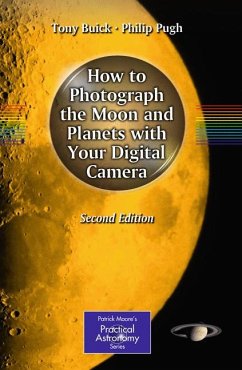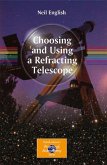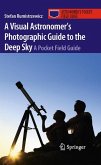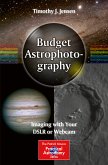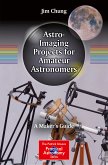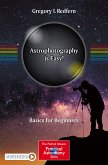Although our Moon and the planets have not changed much in the five years since the first edition of this book was published, the technology allowing you to photograph them has changed dramatically. And the costs for equipment have come down significantly, opening all kinds of possibilities to the amateur and practical astronomer. With this practical guide to taking quality shots in your own backyard, with all the light pollution found in cities and towns today and using only very basic equipment, you will be amazed at what you can accomplish. Whether you want to dazzle friends or contribute to the scientific understanding of a particular body, whether you are a fan of solar photography or craters on the Moon, the rings of Saturn, or the bands of clouds that color Jupiter, in this book you will find help and support, and clear explanations of how best to proceed. This is a hobby you can stay with for a lifetime and keep on improving. You can get fancier equipment or just learn how to better post process your snaps. Either way, you can benefit from the knowledge and experience the authors of this book share. Don't waste more time wishing you could capture the beauty found in the heavens! Read how, and get started now!
Dieser Download kann aus rechtlichen Gründen nur mit Rechnungsadresse in A, B, BG, CY, CZ, D, DK, EW, E, FIN, F, GR, HR, H, IRL, I, LT, L, LR, M, NL, PL, P, R, S, SLO, SK ausgeliefert werden.

